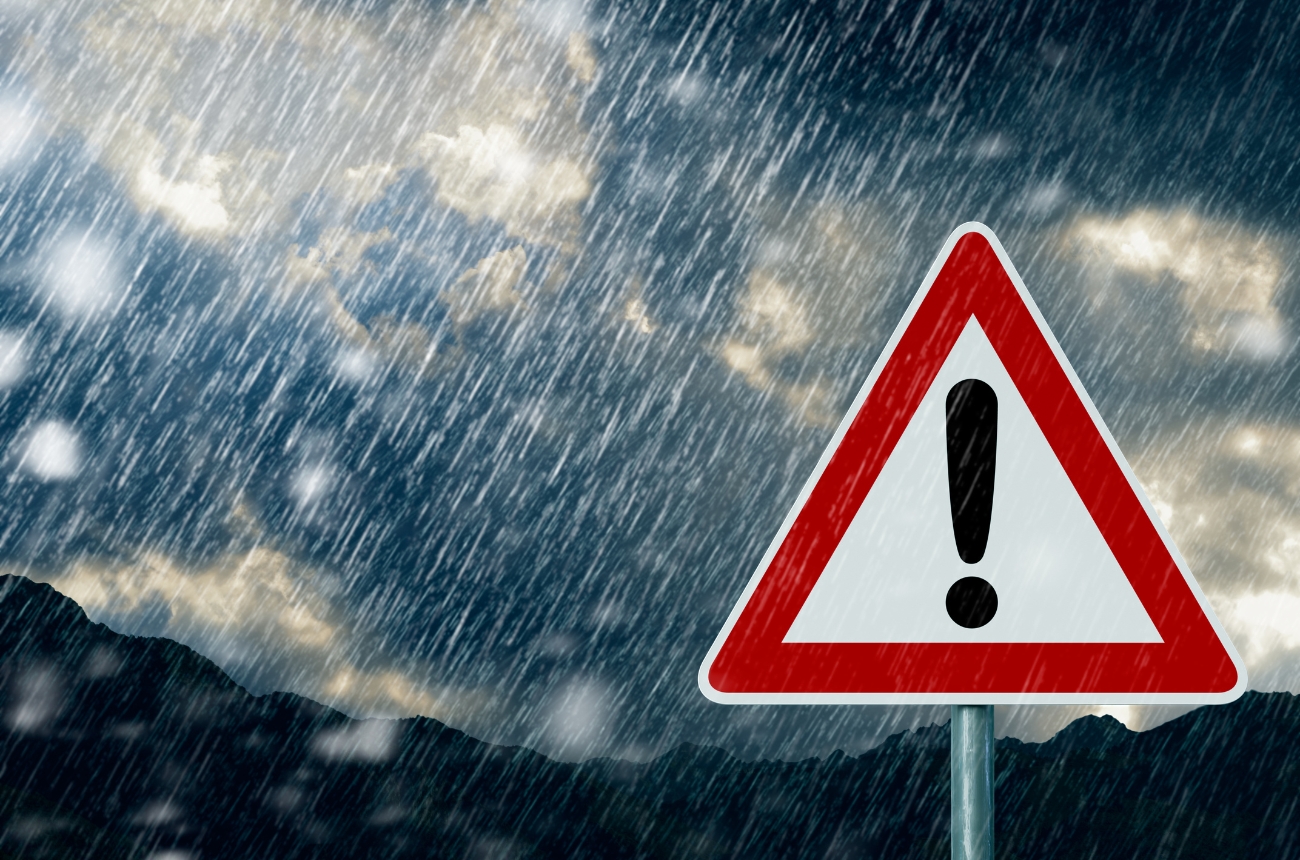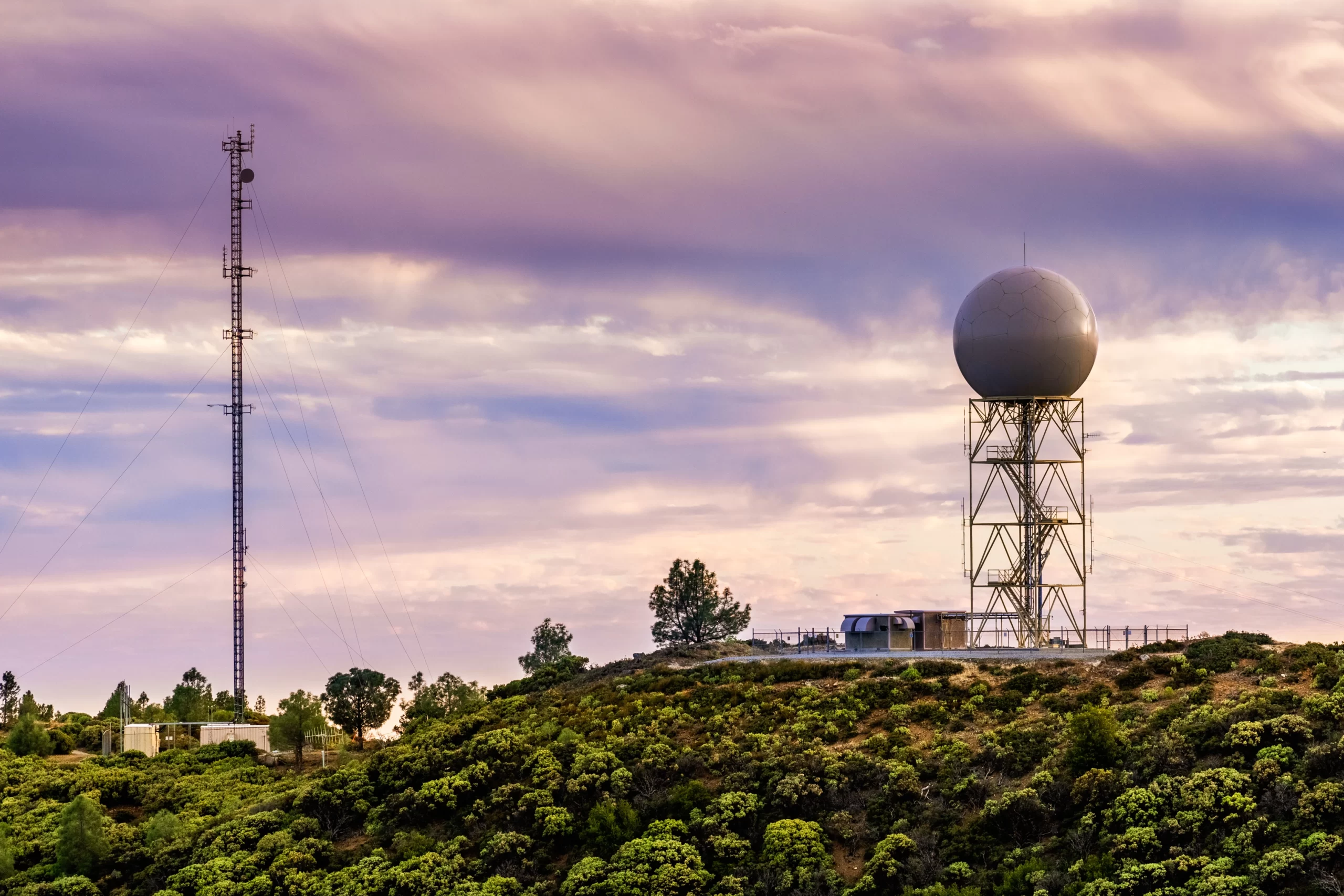
Weather has always held a mix of fascination and trepidation for many of us. Its unpredictability can offer some of the most breathtaking views, but it can also unleash powerful forces that put our safety and belongings at risk. From hurricanes and tornadoes to floods and blizzards, being well-prepared can make all the difference in how we weather the storm.
Stay Informed
One of the foremost steps in ensuring safety during severe weather conditions is staying informed. It’s crucial to tune into local news channels and weather stations when there’s a hint of impending severe weather. These channels provide real-time updates, which can be instrumental in understanding the intensity and trajectory of the weather event. In our age of technology, leveraging trusted weather apps on smartphones can also be beneficial. These applications often come with the advantage of sending automatic alerts, ensuring that you’re not caught off guard. WeatherX might be a good example.
Knowledge is Power
It’s often said that “knowledge is power.” In the context of severe weather, this couldn’t be truer. Equipping yourself with knowledge about the specific type of weather event you might face in your region can be a game-changer. For instance, if you reside in an area prone to tornadoes, understanding the difference between a tornado watch and a tornado warning can be crucial. The former indicates that conditions are right for a tornado to form, while the latter means that a tornado has been spotted and you should seek shelter immediately.
Have an Emergency Plan
Of course, staying informed is just one part of the equation. Equally important is creating an emergency plan. Every household should discuss and decide on safe spots in the home or neighborhood. This could be a basement, an inner room without windows, or a nearby community shelter. Communication is key during emergencies, so ensure all family members are familiar with the plan and are aware of any updates or changes.
Have an Emergency Kit Ready
Lastly, it’s essential to have an emergency kit ready. This should ideally include basics like water, non-perishable food, flashlights, batteries, a first-aid kit, essential medications, and any important documents. These kits can prove invaluable in the aftermath of a severe weather event, especially if power outages occur or if you’re unable to leave your home for extended periods.
In conclusion, while we cannot control the whims of Mother Nature, we can certainly control our preparedness levels. By staying informed, making well-thought-out plans, and being ready with supplies, we can ensure that we’re not just passive spectators but active participants in ensuring our safety and that of our loved ones. After all, it’s better to be safe than sorry.



